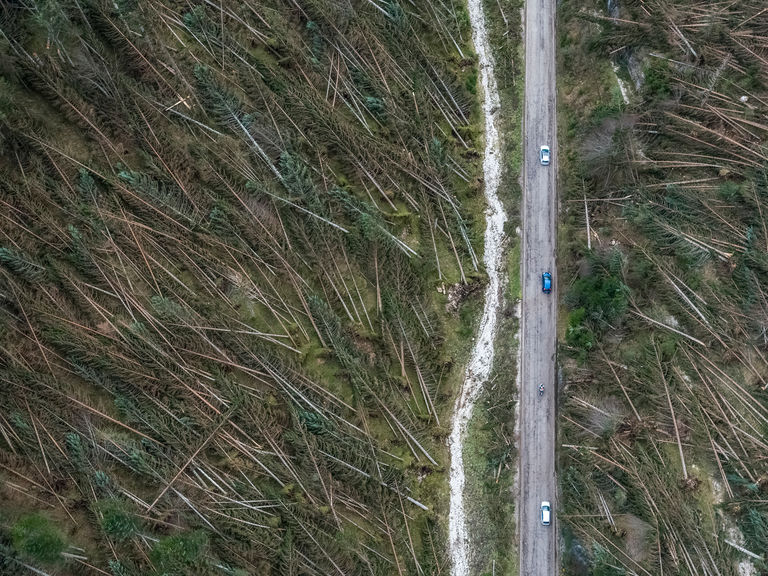Project Detail: After the storm
Contest:
Swiss Storytelling Photo Grant 9th
Brand:
LuganoPhotoDays
Author:
Michele Lapini
Project Info
After the storm
It has been 5 years since the Vaia storm, a atmospheric event that occurred over a few days between October 26 and 29, 2018, with wind gusts exceeding 200 km/h, which brought down over 42,500 hectares of forests, amounting to a total of 8.5 million cubic meters of timber. This project trace these 5 years, documenting how the territories and local communities have experienced the consequences of the Vaia storm in the area of Piana di Marcesina. Some forest scientists have described it as "the most impactful event ever recorded in Italian forest ecosystems." Following the Vaia storm, the pandemic spread of the bark beetle represents a serious threat to forest balance. With the Vaia storm, this small beetle has multiplied, shifting from being endemic to becoming pandemic.
It has been five years since the Vaia storm hit northern Italy. The storm was an exceptional atmospheric event that developed as a result of a strong perturbation originated on the Atlantic ocean and lasting several days. On October 29, 2018, wind gusts exceeding 200 km/h devastated over 42,500 hectares of forests, amounting to a total of 8.5 million cubic meters of wood. In just one night, the storm levelled an amount of timber seven times greater than what Italian sawmills can process in a year.
Some forest experts and researchers called it the most impactful event to forest ecosystems ever recorded in Italy. The event affected nearly 500 municipalities in the Northern and North-eastern regions of Lombardy, Trentino Alto Adige, Friuli Venezia Giulia, and Veneto, with the latter being the hardest-hit region. In Veneto alone, estimated damage reached 1,769 billion euros, particularly in the area of Altipiano di Asiago, home to the Piana di Marcesina, famous for its history and natural configuration, which underwent a radical transformation.
The photographs aim to trace the past five years, documenting how the territories and local communities have coped with the aftermath of the Vaia storm, which still stands as one of the most significant events of the climate crisis in Italy. The photographic journey begins shortly after the storm, capturing the Piana di Marcesina in collaboration with the foresters since the area remained closed for several weeks due to hazardous road conditions caused by fallen trees. Subsequent years witnessed extensive environmental rehabilitation efforts involving numerous entities from across Europe as well as the introduction of new timber processing methods. This happening highlighted the flaws in the Italian timber industry, which exported a substantial portion of the Vaia timber but continues to import large quantities annually.
Following the Vaia storm, forests were faced by a different phenomenon: the spread of the bark beetle, which remains a serious threat to forest equilibrium. This small beetle has always existed in spruce forests and plays a vital role in normal circumstances by attacking ill or trees that are about to die. However, due to the Vaia storm, the beetle population multiplied, shifting from endemic to pandemic, and began to attack healthy trees as well. These trees struggled to defend themselves, both due to the high insect density and their weakened state after two years of drought and rising temperatures.
This work serves as documentation of how an extreme event impacts territories and communities over time. It also serves to prompt reflection on the consequences of the climate crisis, which may be less visible in the instant of the event but are greatly important for the balance and survival of our ecosystem.


















